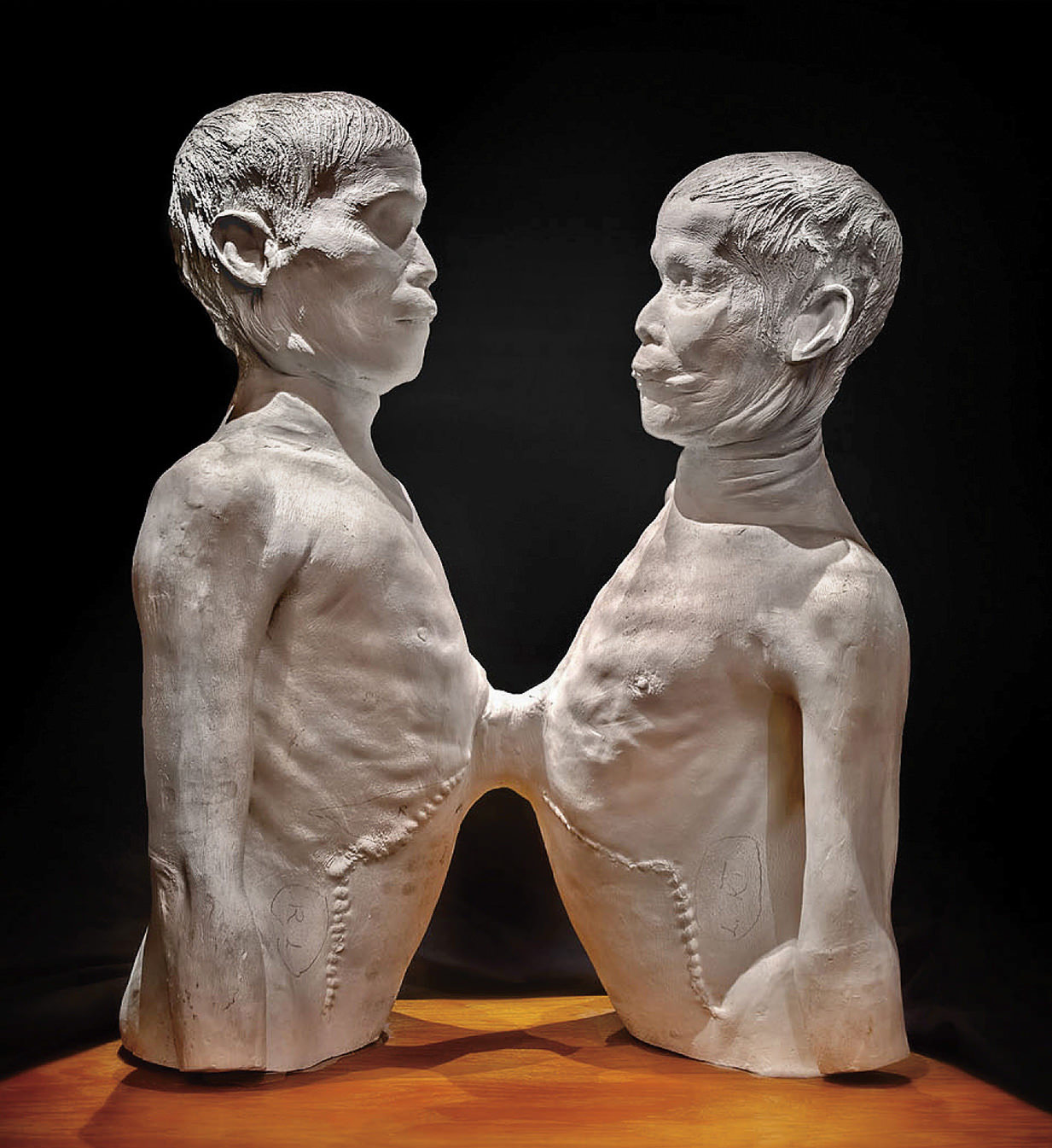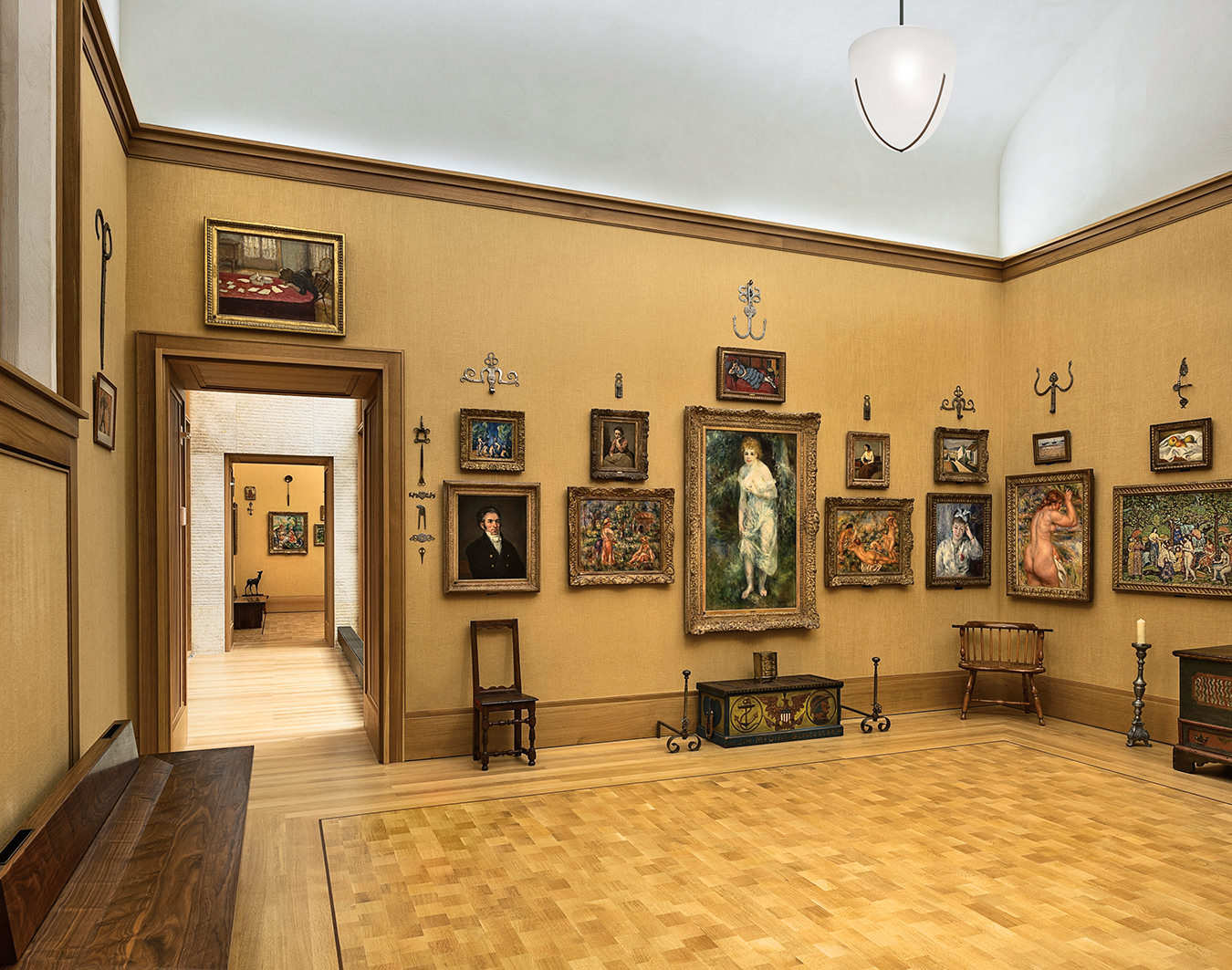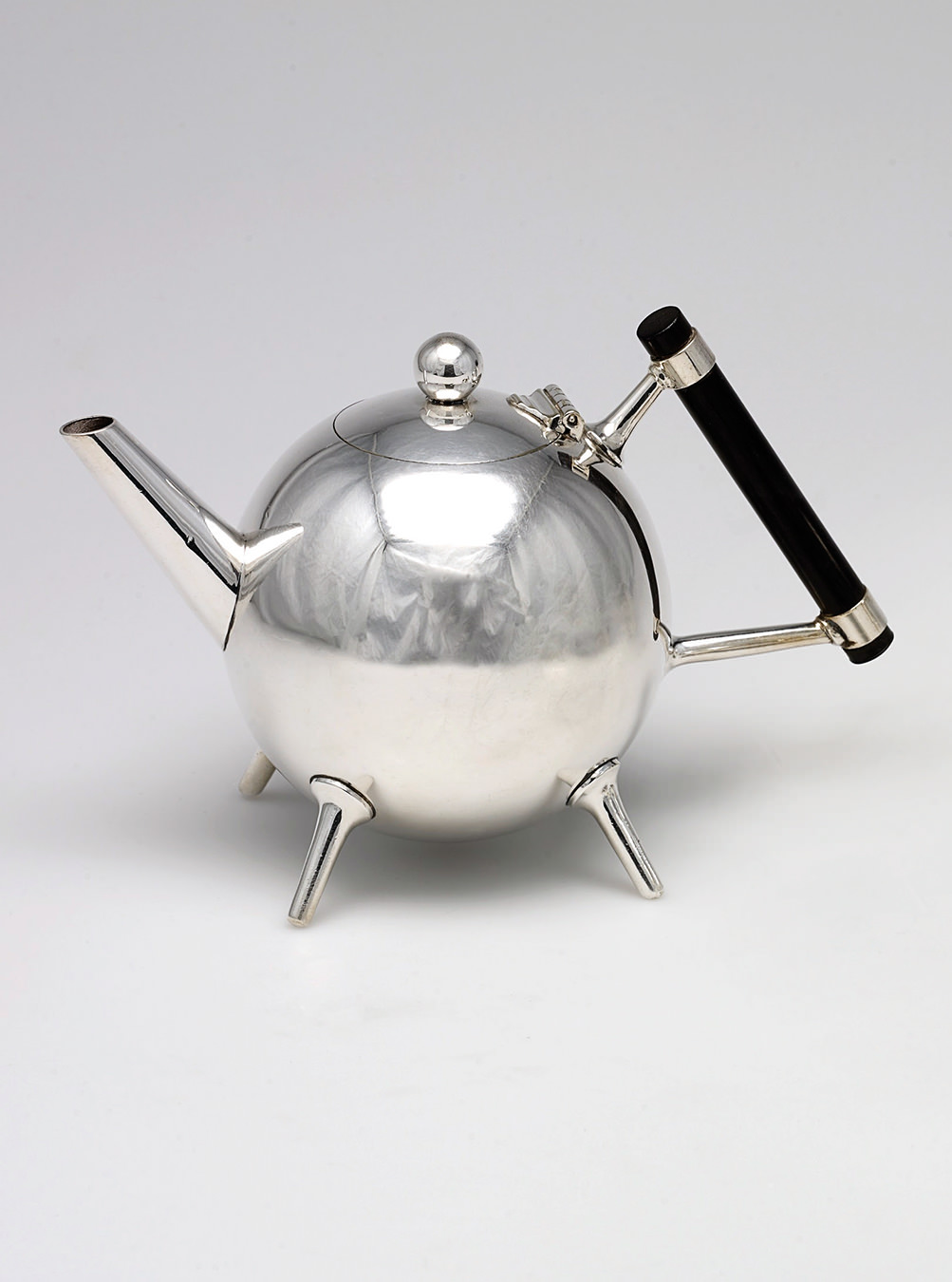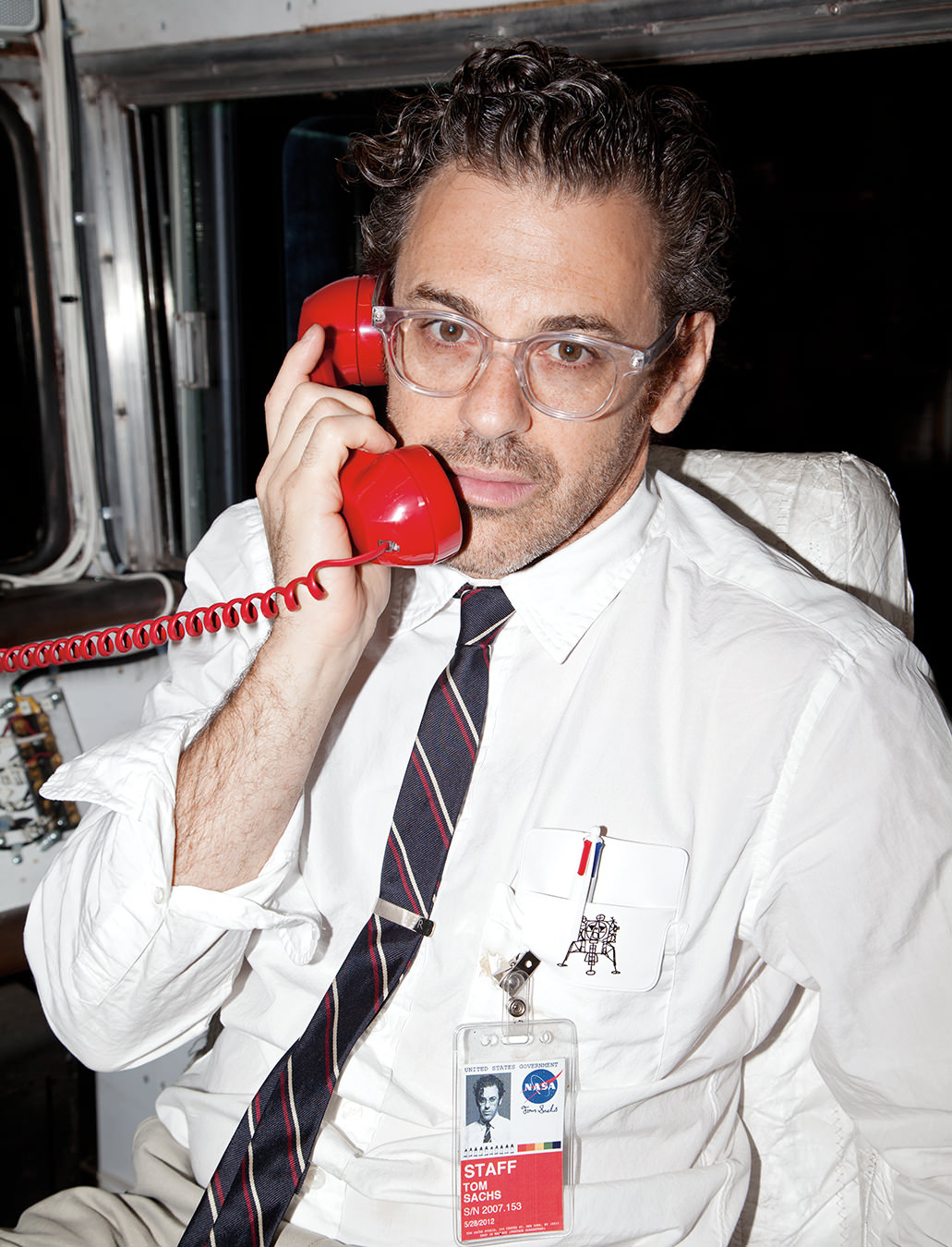-
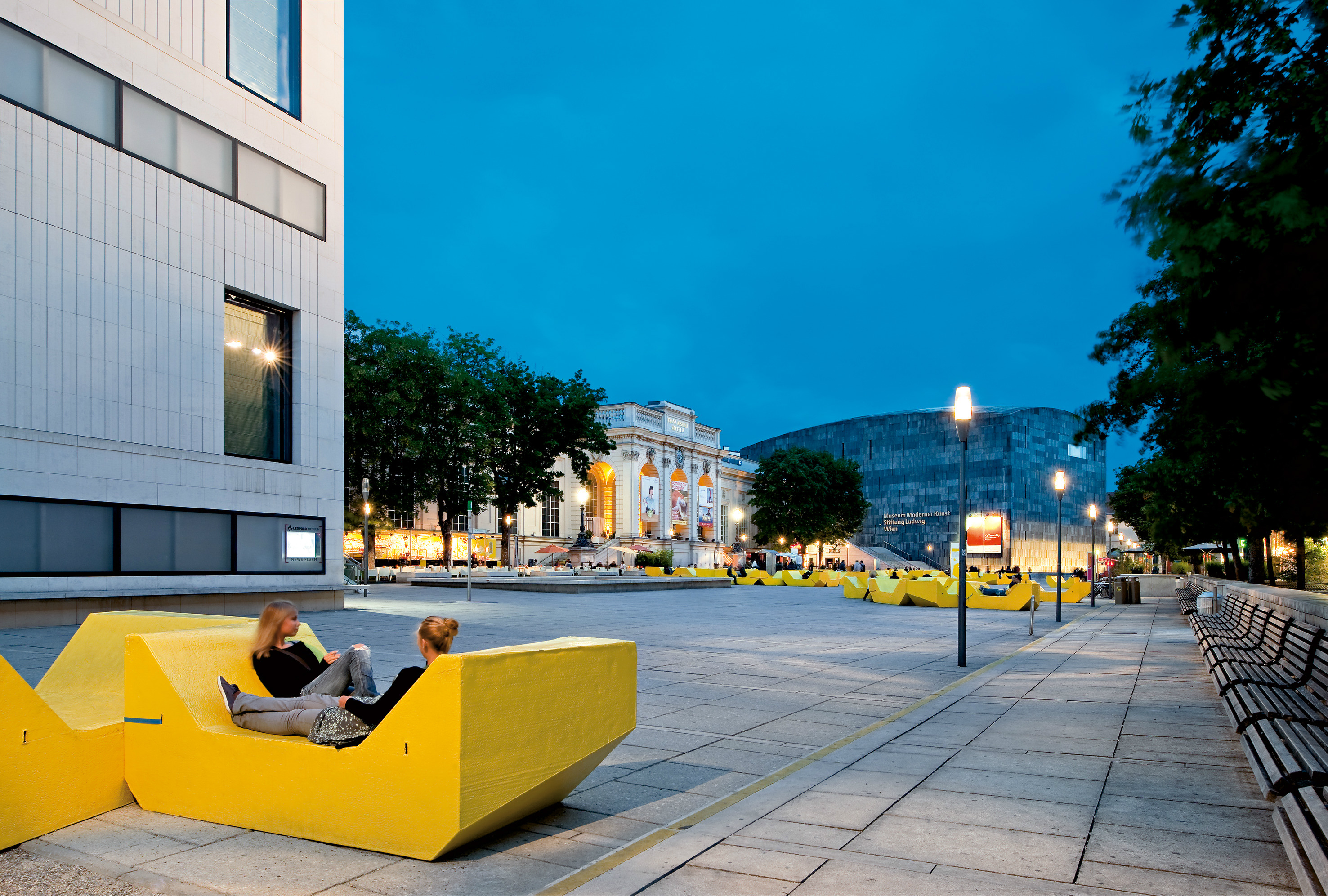
Photo by Hertha Hurnaus.
-

Photo by Hertha Hurnaus.
-

Photo by Gian Marco Castelberg.
-
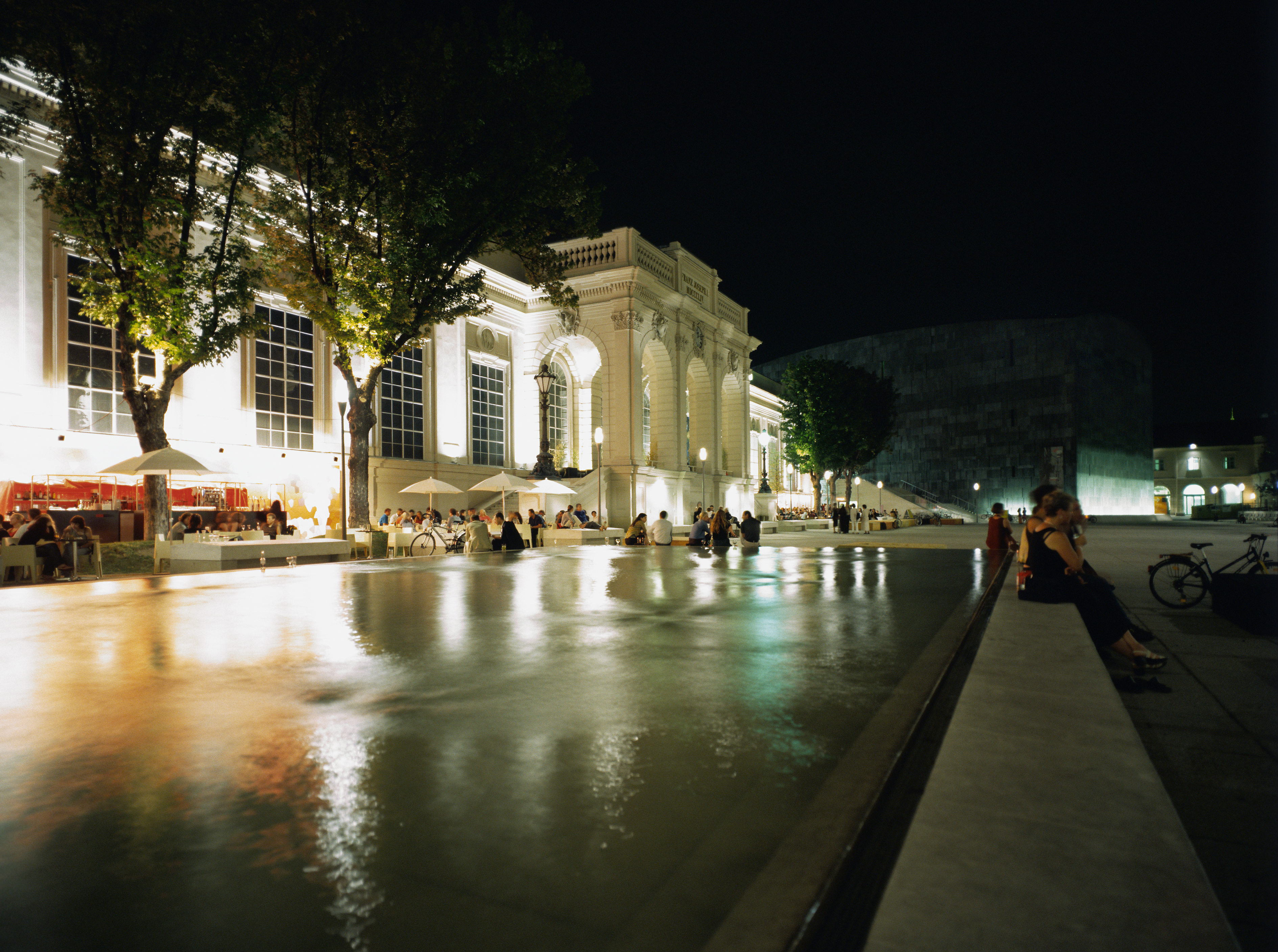
Photo by Rupert Steiner.
-
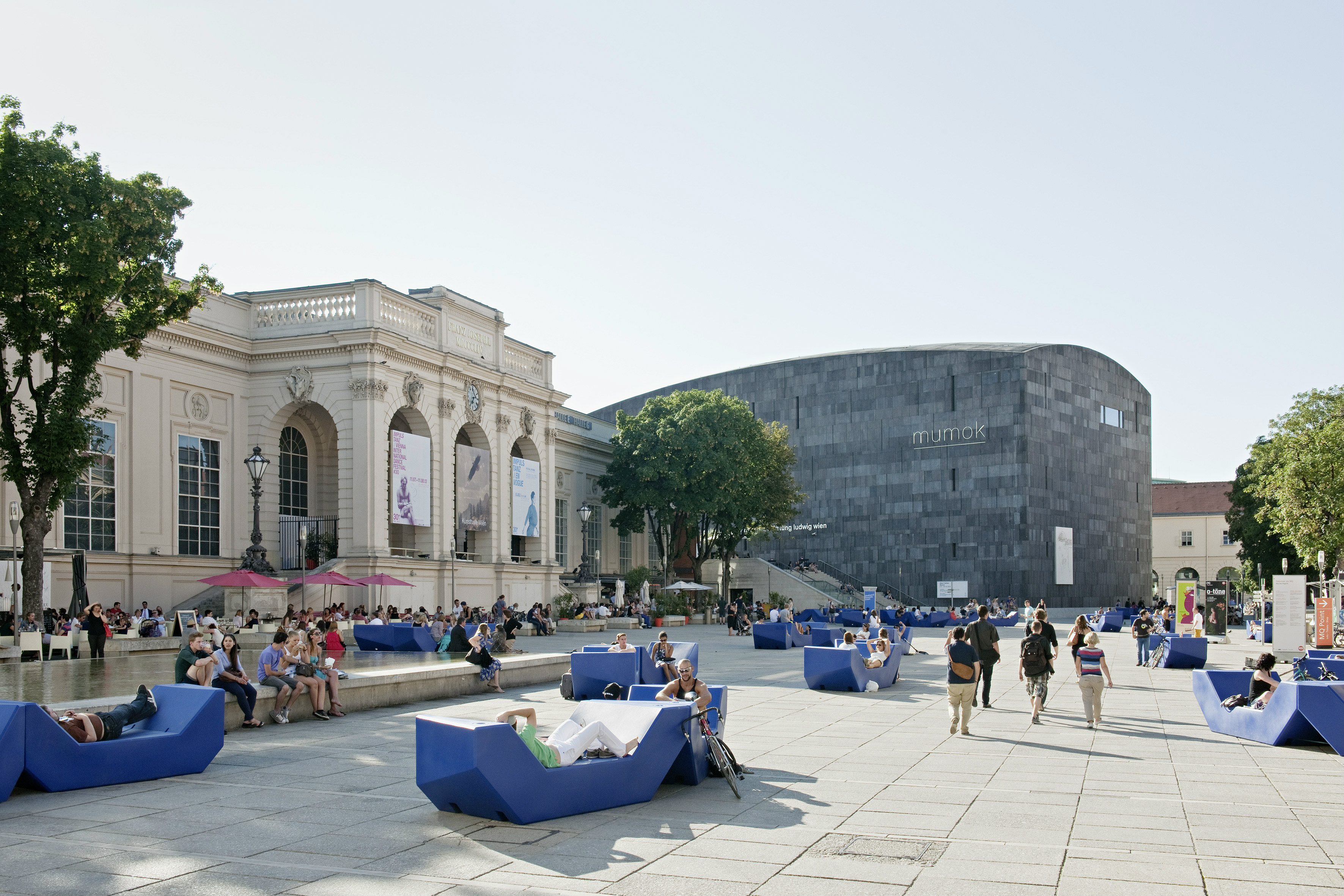
Photo by Hertha Hurnaus.
-
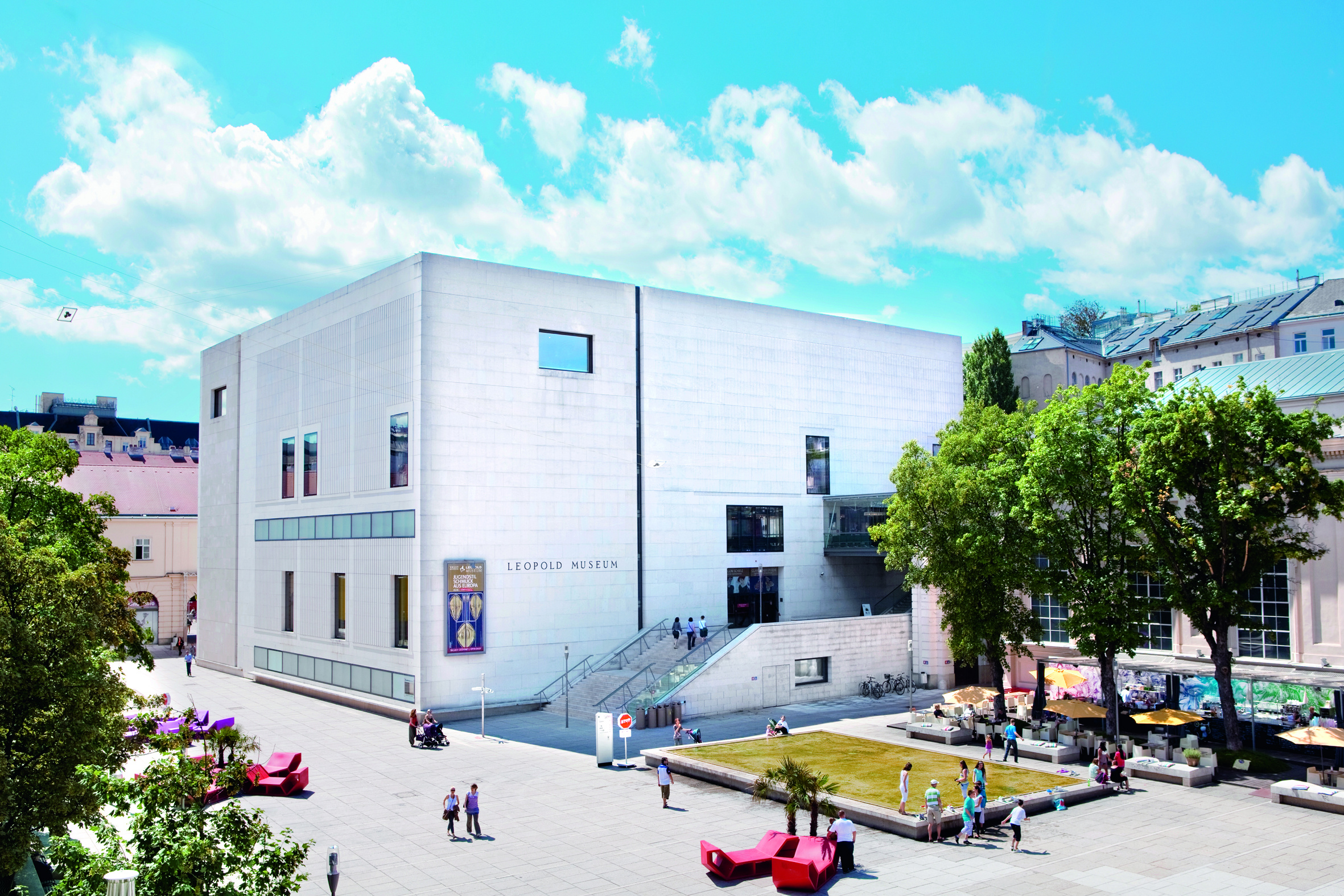
Photo by Leopold Museum.
Vienna’s Fine Art
The MuseumsQuartier Wien.
Vienna’s appeal is undeniable. The Austrian capital was named the world’s most livable city for the sixth time in a row in March by global consulting firm Mercer. The company analyzes 230 cities annually, comparing the political, social, and economic climates; infrastructure, education, and medical care; environmental conditions; and cultural and recreational programming. While Vienna excels in all these areas, it shines in its arts and culture. The Viennese also understand the value of public spaces, and take full advantage of Vienna’s spectacular setting to dine al fresco and socialize en plein air, no matter the season.
In the winter, crowds gather at the many Christmas markets over steaming mugs of Weihnachtspunsch (a version of mulled wine). Come better weather, you’ll find the locals in one of the city’s many gardens—perhaps settled in by the Johann Strauß memorial in the Stadtpark, or relaxing in the Imperial Palace’s Burggarten, home to the oft-visited Mozart statue. Lovers of classical music can indulge in the city’s rich cultural heritage by watching an opera streamed outside the famed Opera House on the Ringstrasse. In the months of April, May, June, and September, approximately 150 opera and ballet performances are broadcast live on a 50-metre screen outside the theatre in Herbert-von-Karajan-Platz.
Vienna is known for being a cultural mecca, one of those rare stops that combines rich history with a thriving contemporary art and design scene (dispersed throughout over 100 museums). With about 70 cultural facilities, the MuseumsQuartier is one of the largest art and culture complexes in the world. It is flanked by historic buildings from the 18th and 19th century (once the imperial horse stables), mere steps from what today are the city’s famed Museums of Art and Natural History.
The complex features notable institutions, including the Leopold Museum, which is known for housing the world’s largest collection of works by Egon Schiele, along with standout examples of Art Nouveau, Classic Modernism, and select pieces by the founder of the Vienna Secession movement, Gustav Klimt (the larger collection can be found at the Belvedere Palace). The Museum of Modern Art (MUMOK) is the largest museum of modern and contemporary art in central Europe, showcasing works by Andy Warhol, Robert Rauschenberg, Jasper Johns, George Brecht, and Marcel Duchamp, among many others. The Kunsthalle Wien focuses on photography, film, and new media, with rotating temporary exhibitions of contemporary art; the Tanzquartier Wien is a centre for contemporary dance; and the Architekturzentrum Wien shines a spotlight on contemporary architecture—something for everyone.
The area also houses a comprehensive selection of cafes, bars, shops, and smaller galleries, which line the perimeter of the complex, in what’s known as quartier21. In the warmer months, it becomes something of an outdoor living room, and time is best spent gathered with friends and family on the colourful clusters of public lounges, sipping wine and observing the passing crowds of locals and tourists. Even with Vienna’s abundance of public spaces, there’s no other spot quite like it in the city.

